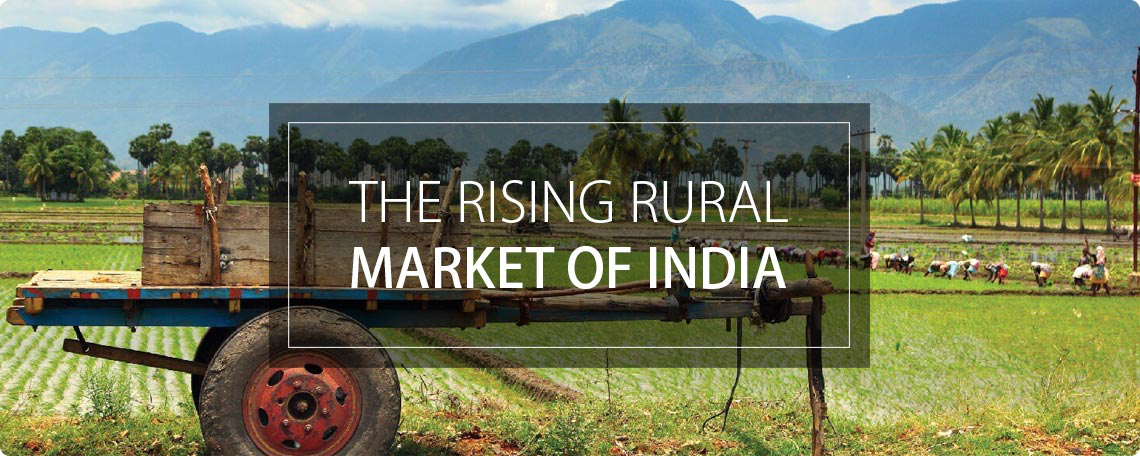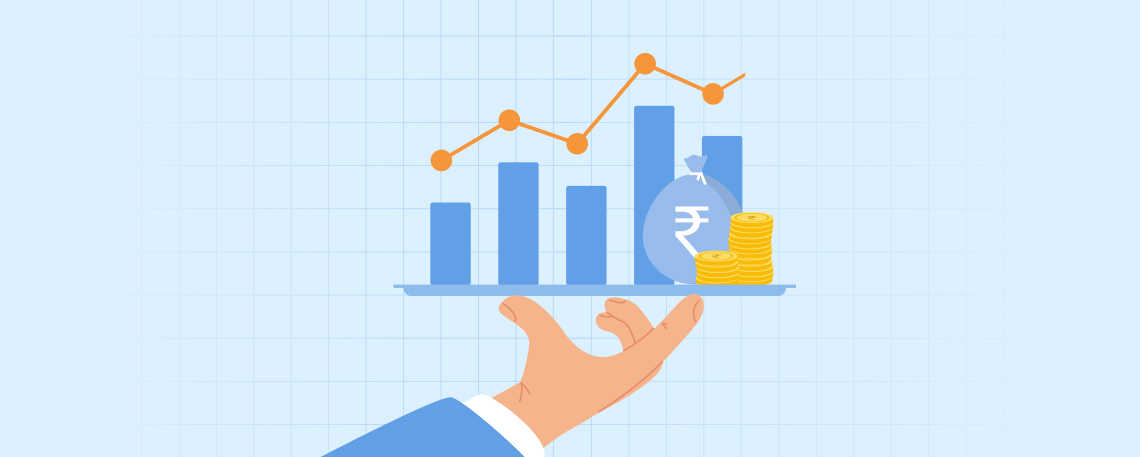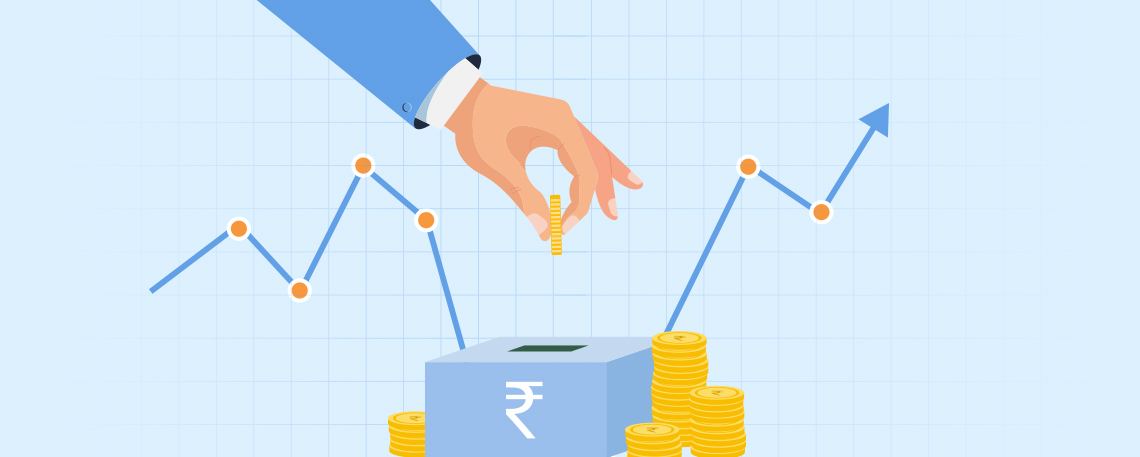stockaxis Market Intelligence (Commentary for July 2018; Outlook for August 2018)
August 02, 2018
|
We are pleased to present to you our monthly market commentary and outlook for the forthcoming month. The ‘stockaxis’ Market Intelligence’ is a quick update on the markets for the month gone by and our view for the next month. Use our sharp and crisp synopsis to continue building your wealth!
Global Trends
- According to the Asian Development Bank (ADB), India will continue to be the fastest growing major economy, ahead of China, with 7.3% growth rate in 2018-19 and 7.6% in 2019-20.
- The International Monetary Fund (IMF) stated that India's growth remains "quite robust" into the future while marginally downgrading the country's growth projection to 7.3 per cent in 2018 and 7.5 per cent in 2019 due to high oil prices and a tight monetary policy regime.
- According to DBS, a global financial services major, the 10 major economies of Asia (China, Hong Kong, India, Indonesia, Malaysia, the Philippines, Singapore, South Korea, Taiwan and Thailand) will grow so robustly that they will, on aggregate, amount to over USD 28.35 trillion in real GDP (2010 constant dollars) terms, more than the US of USD 22.33 trillion.
- The US has imposed 25% import tariff on steel and 10% on aluminium. However, the steel ministry said that India's steel exports to America are very low and hence, the import tariff hike by the US will not have a very high impact on the domestic industry.
India granted 13,045 patents in 2017-18 (9,847 in the previous fiscal). The government has taken several steps to simplify the procedure for processing of patent applications. - An international team of scientists have discovered that there may be over a quadrillion tonnes of diamonds below the Earth’s surface. They believe that diamonds form about 2% of the Earth’s mantle.
Domestic Trends
- The GST (Goods and Service Tax) Council reduced GST rates on 88 items including televisions, refrigerators, mixer-grinders, washing machines, small screen televisions, etc. from 28% to 18% ahead of the festive season. Companies are expected to pass on this benefit to consumers.
- The GST (Goods and Service Tax) Council has decided to permit quarterly filing of returns for businesses with turnover of up to Rs. 5 crore; this move was welcomed by India Inc.
- A report by Boston Consulting Group (BCG) estimates retail and digital lending in India to become a $1 trillion opportunity over the next five years. This space includes personal loans, auto loans, home loans and SME loans.
- A report by VFS Global, an outsourcing and technology services firm reveals that there is an increase in the number of Indians travelling abroad, especially to the US, UK and China. There were 4.7 million visa applications from India in 2017, a 10% over the previous year.
- Nepal’s Department of Immigrations reveals that nearly 1 lakh Indian tourists visited Nepal in the first 6 months of 2018, more than Chinese tourists (71,379) and US tourists (43,816).
- Net investment by Domestic Institutional Investors (DIIs) in July 2018 was Rs. 3,845.87 crore against net investment of Rs. 14,146.15 crore in the previous month.
- India’s Consumer Price Index (CPI) was 5% in June 2018 (against 4.87% in May 2018). CPI is a measure of prices of a basket of consumer goods and services, such as transportation, food and medical care.
- The Indian Rupee remained stable vis-à-vis the dollar ending July at INR 68.45, the same as in the previous month.
Market Trends
- Various external factors, including trade tensions between India and the US, saw markets on a downtrend thereby yielding attractive picks for value investors.
- FIIs recorded a net outflow in Indian equities of Rs. 2,768.75 crore in July against a net outflow of Rs. 3,637.95 crore in the previous month.
- The Nifty closed at 11356.50 as on 31st July 2018, having risen 642.2 points over the previous month.
- The Nifty 50 P/E ratio was at 28.22 at end-July 2018. The average P/E ratio for the past 12 months is 26.25.
Highlights
- The Good: Robust economic growth, rural recovery, improving global markets
- The Bad: Global monetary tightening, inflation, trade wars, monsoons below par
stockaxis’ Outlook for August 2018
While India’s rural areas house most of the country’s population, consumption in these areas is less than half compared to the country’s urban consumers. To give a thrust to rural consumption, the government has initiated various measures including minimum support price (MSP) for agricultural produce, implementing measures to improve crop yields, etc. The government recently announced an increase of 4-53% (24% on an average) in minimum support prices (MSP) for 14 summer crops, which indicates its resolve to support rural incomes. These price hikes are the result of the current government’s intent to offer farmers a minimum 50% margin on input costs with the eventual intent to double farmers’ incomes by 2022. Being an election year, the government will abide by its promises to provide as much support as possible to the rural sector, which forms a large vote bank.
The rural sector is already showing signs of a pick-up in consumption as a result of government measures combined with economic growth. Consumption of snacks, hair products, aspirational products (with growing access to the internet and mobile phones), etc. have increased. Through mediums such as the internet and regional television channels, rural consumers are gaining knowledge of products used by their urban counterparts and are demanding similar products at lower prices. Companies that are able to provide these aspirational products at suitable price points will see tremendous growth in revenues and bottomlines.
More than half the household budget in rural areas goes towards food and beverages. Increase in consumption will give a thrust to packaged foods and beverage companies.
With the government’s focus on ‘Housing for all’ by 2022, the rural sector will be the main beneficiary. Industries related to housing infrastructure will benefit from this initiative.
Rural consumers have increased their spends towards ‘Looking better’, which includes spends on apparel and footwear, personal care and jewellery. Of these, the apparel and footwear segment is expected to grow significantly given the fact that business is shifting from the unorganized market to the organized segment due to GST (Goods and Services Tax).
Improvement in rural infrastructure (roads, cellular towers, banks/NBFCs, etc.) will see higher demand for vehicles (cars, tractors, etc.), mobile phones, loans, bank accounts, etc.
Rural consumers are also demanding better education and healthcare facilities. In case of the education sector, both the private sector and government are increasingly using technology to improve the quality of education and reach a higher audience while offering courses at affordable prices. In case of healthcare, with the government proposing to take on a large part of the healthcare costs, rural consumers will have a higher amount of discretionary income to spend.
Rural sector growth – key industries to benefit
- Consumer (packaged foods and beverages, mobile services and products, entertainment, brown goods, banking/NBFC, etc.)
- Housing (cement, paints, brown goods, etc.)
- Education
- Health care (health care providers, insurance)
We, at stockaxis, are constantly on the lookout for great businesses run by honest promoters that are available at the right price with sufficient margin of safety. Our stringent stock selection guidelines and clearly stipulated entry and exit points make equity investing a ‘rich’ experience for our investors!




